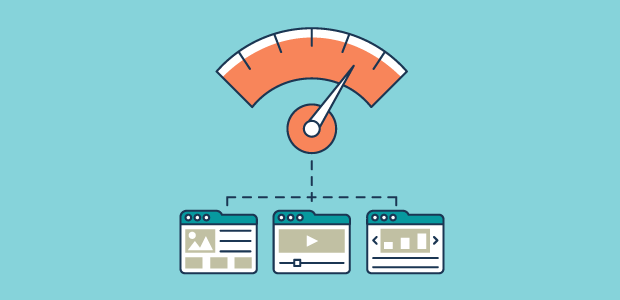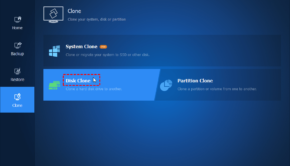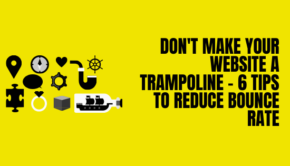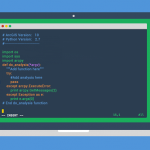Image Optimization: A few tricks explored
Image optimization is an important part of your online marketing effort. With the unprecedented rise of mobile search, image results are more visible, easily comprehended and clickable as well. At the end of the year 2015, it had been reported that the Google Images occupied 32.4 per cent of search results as compared to 24.6 per cent in October 2013. If you still aren’t serious about optimizing images then you’re definitely losing out on a lot of traffic. Here are a few tips to do the same.
Tips to use optimize images for better search engine visibility
There is no dearth of websites that are thriving on images- breathtaking and great attention stokers (have a look at how DX news has intelligently merged images with amateur radio activation news!). However, quite unfortunately many of them don’t even show up on Google’s image search results – simply because they are not optimized properly for visibility. Here are a few tips to do the same.
Don’t undermine the importance of proper file names
Assigning a proper name to the image file is essential. It’s not really a good idea to come up with literally hundreds of product shots and keep the default file name. What we mean is – “IMG00123.jpg” is certainly not as effective as “custom kitten coffee mugs.jpg”. In order to shore up SEO, you need to include acceptable keywords so that your webpage can rank duly on Google. The key is to use descriptive and keyword-rich images to ensure that they are more easily visible.
Alt tags: They add a lot of SEO value
Right after file names, alt tags make for the most important factor influencing your search engine result. The Alt tag text adds considerable value to your website as far as search engine visibility is concerned.
When you are running an ecommerce site, it is imperative on your end to fill out alt tags for each and every product. Do not use complicated English in your alt tags. Write plain English which is easy to crawl and understand as well. Test your content by utilizing a text-only browser like Lynx.
Reduce file size
Adjust the file sizes of your images in order to facilitate easy viewing. The trick is to reduce your file size. Larger images take more time to load. Pageload speed is inversely proportional the size of the image. Do not forget that consumers on an average wait for about 3 seconds for a website to load when they are using a laptop or desktop. The time goes up just by a little margin when they are using mobile phones (it’s 5 seconds there). Even a site like Amazon found that they lose more than $ 1 billion a year when their website slows down. You can well imagine what happens to your site when your image takes more than 15 seconds to load. So, make sure you’re not unnecessarily stacking your web pages with heavy images. They might look good but can end up hindering user experience in a major way.















